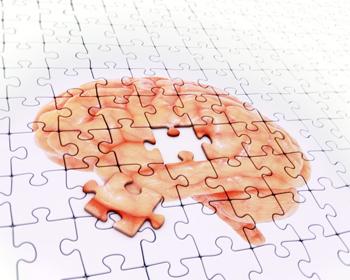
Research in the Douglas Lab seeks to understand how stress response pathways alter cell physiology, and ultimately influence the aging process and human disease. Cells possess dormant pathways which are activated under times of stress to buffer deleterious effects and help restore the cell to resting homeostasis. We can harness these latent stress response pathways and apply their protective properties to a multitude of disease models.
Stress Response Signaling in Neurodegeneration
The master regulator of the heat shock response, HSF1, has long been linked with cellular protection. As the first eukaryotic transcription factor discovered, HSF1 regulates the expression of several classes of molecular chaperones. These highly inducible genes have well-defined cytoprotective roles under times of stress and protect against cell death in several models of neurodegeneration. The Douglas Lab looks to better understand this dichotomy using cell culture, the nematode C. elegans, and murine models.
Mechanisms Behind Traumatic Brain Injury
Traumatic brain injury (TBI) is a major health problem that costs the US more than 50 billion dollars annually. Originally thought to be a stochastic process, research has begun to demonstrate that TBI initiates highly regulated responses with the potential to intervene and attenuate both the immediate and long-term consequences of the disease.
Research in the Douglas Lab utilizes high-throughput screening methods in the nematode C. elegans to uncover new components within the nervous system which are essential to mediate protection against blunt trauma. In combination, mammalian homologs of these cytoprotective components are further tested in mouse models of brain trauma.
Intracellular Lipid Surveillance
Imbalances in lipid homeostasis can deleteriously impact health and therefore cells within the organism tightly regulate absorption, synthesis and metabolism to accommodate energetic demands and ensure energetic reserves later in life. Cells sense lipid depletion and respond to this metabolic demand by activating beta-oxidation and increasing nutrient absorption via the intracellular lipid surveillance pathway. This mechanism links the sequestration of a nuclear hormone receptor with cellular absorption through small G protein signaling, isoprenoid synthesis and endosomal vesicular transport.
Join Our Lab
Be part of the great impact we're having on science and medical care across the globe.Douglas Lab is currently seeking postdoctoral researchers and graduate students. If interested, please contact us via the link below.